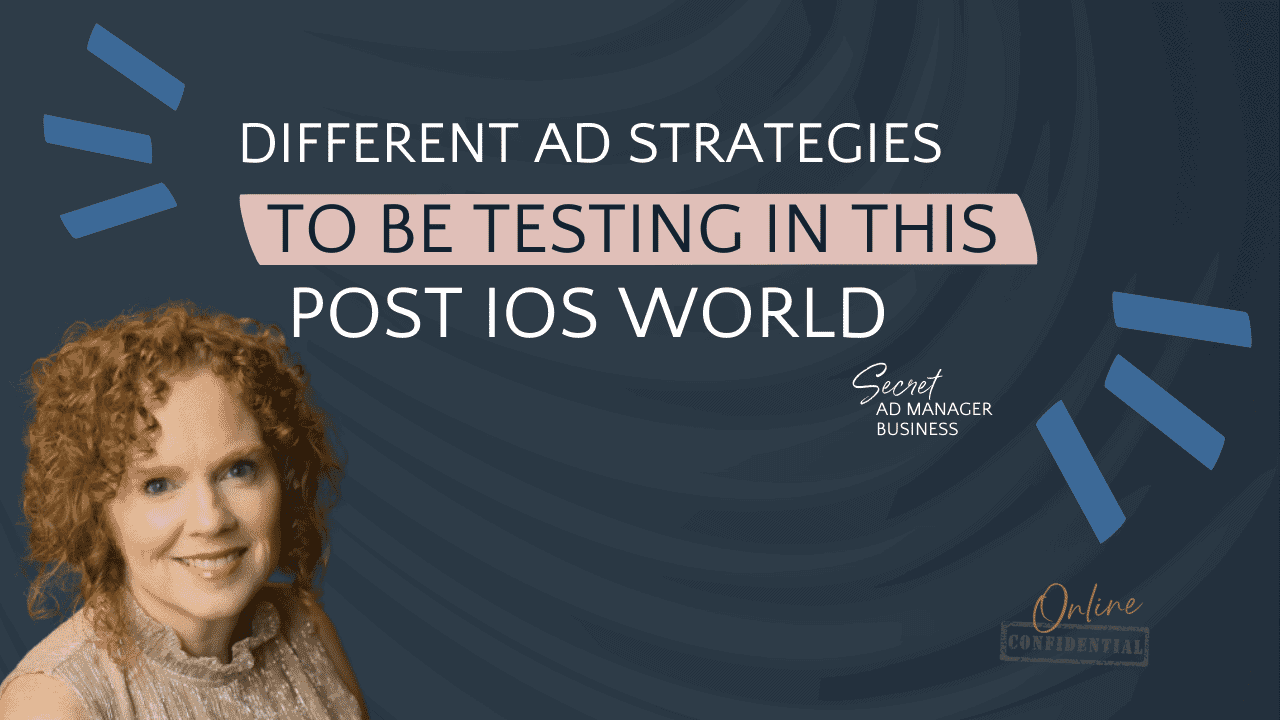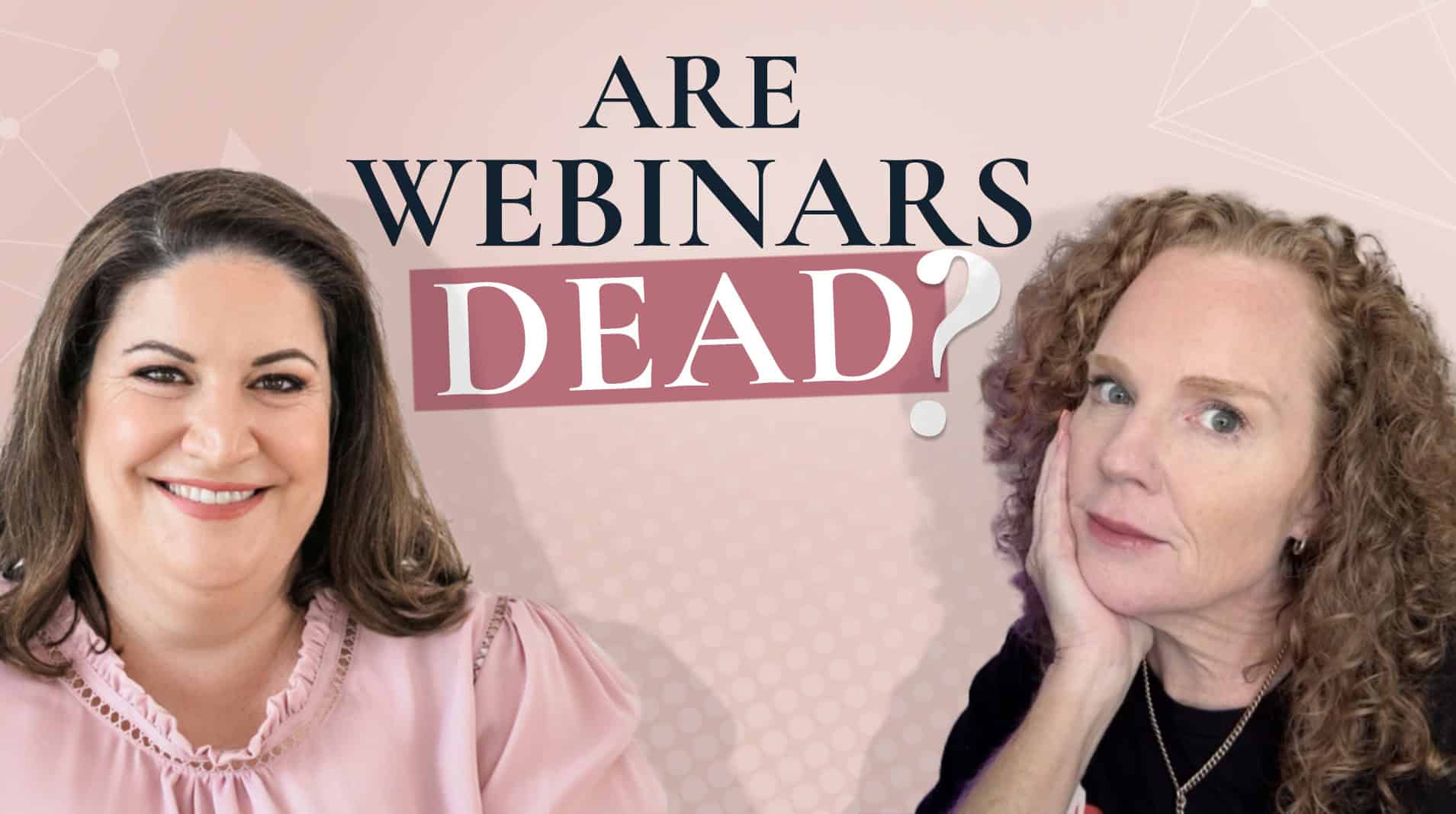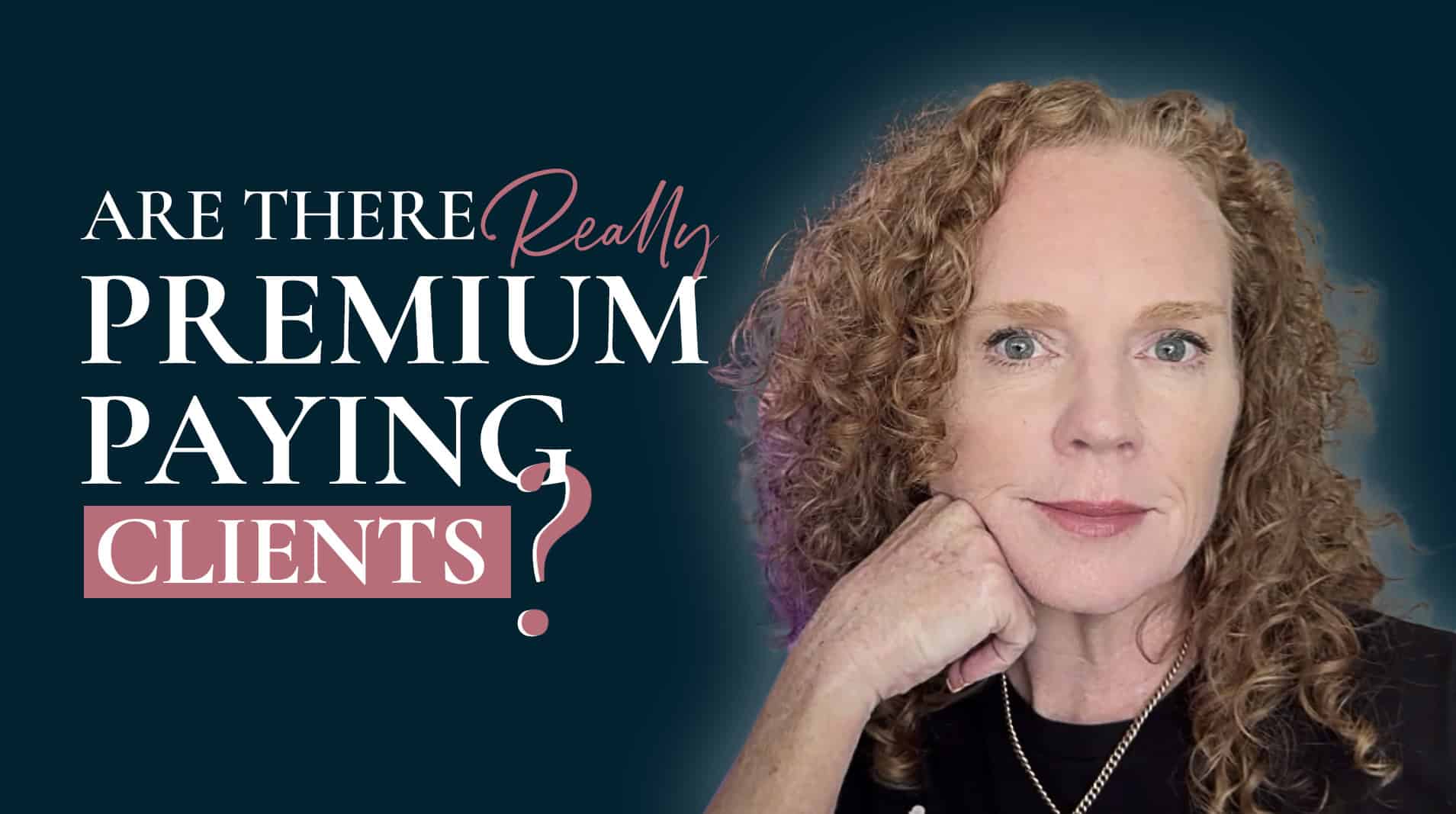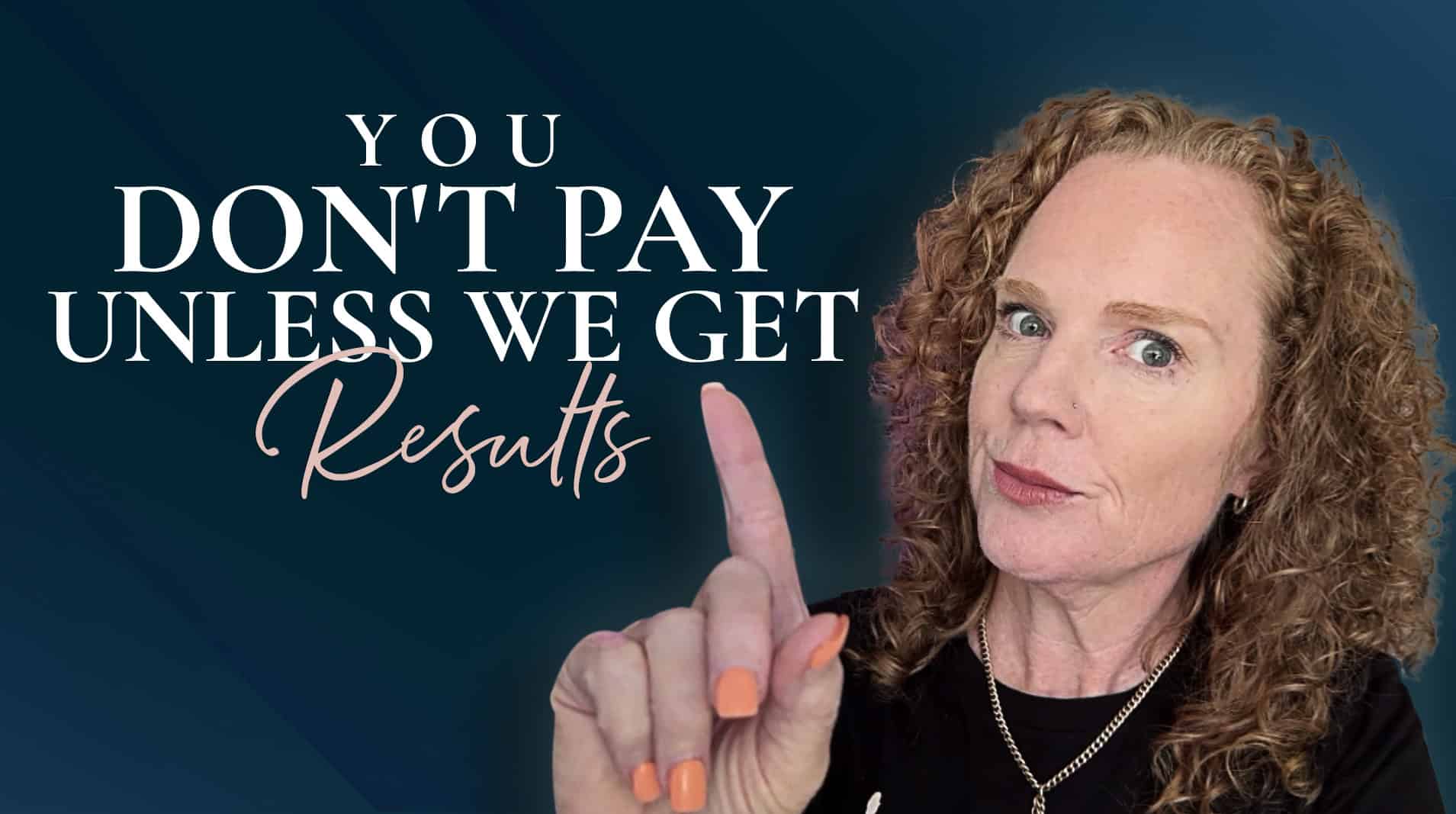What different ad strategies can you be testing in this post iOS world?
With the Apple iOS rolled out and changes that are happening with pixel tracking and cookie tracking, and who knows what else is going to be unfolding in the future, what are some ad strategies we can start incorporating that will actually keep people on Facebook so that we can continue to retarget them and suffer minimal tracking issues?
Well, there’s a number of options. The first one is using Video View Campaigns. Now, Video View Campaigns are typically designed to go out to people who are more likely to watch a video.
However, it’s worthwhile testing an ad that is in a Conversion Campaign in a Video View Campaign. What that means is, if you have a Conversion Campaign with an ad that is a video, it’s got the headline and a link on there to say, “Learn more.” People will head over to the website to opt in. Then you can duplicate that ad into a Video View Campaign. So it’s pulling in the headline, the links, and all the bits that you want for a Conversion Campaign. You can test it in the Video View Campaign and see how it performs.
As a heads-up, you will see a really low click-through rate in a Video View Campaign. In a conversion campaign, we want our click-through rates to be around 1%. And that’s what we need them to be, to have a nice, affordable cost-per-click and to keep our numbers all in order then for our cost per lead and such going over to a Video View Campaign. You’re going to have a much lower CPM in your conversion campaign. It might be $20, $30, $40 or so, but over in a Video View Campaign, it could be as low as $10.
That’s going to offset the lower click-through rate that you’re going to have. So instead of a 1% click- through rate in a Conversion Campaign, you might only have like a 0.3% click-through rate in a Video View Campaign; you’re going to have much lower clicks. However, the cost-per-conversion may still come out the same, because if it was a $10 CPM versus a $30 CPM in your Conversion Campaign, then it’s going to cost you a third of the cost of a click, but you’re also getting a third of the number of clicks. So they may outweigh themselves there. Just keep an eye on that.
You may still come out with $5 registrations for example, but at least then it’s still working for you. You’ve got that lower CPM as well, so that’s something for you to test.
Number two is Lead Forms. A word of caution with Lead Forms: In the past, they have been notorious for bringing in low quality leads because it’s so easy for people to opt in. Chances are, they’ve also opted in with an email that they may no longer use. It’s an email they set up with Facebook 10 years ago and they may not even check it that much these days. So that’s a word of caution there as well, but it’s certainly worth trying.
There are two different options when you create your Lead Forms. One is for more volume and the other is for more quality. While selecting the option for higher quality one should get you a higher quality lead, still test and see. When it comes to testing, have the client or yourself go in and check the CRM so that you can see if the people opting in are actually opening their emails. Because if they’re opting in and they’re not opening the emails, that’s generally a sign that it’s not such a good quality lead if they can’t be bothered to check their emails and open them up. However, we can continue to get back in front of them with our retargeting.
People who have submitted the Lead Form can be in your retargeting sequences. So that’s great, but we also want them to show some interest and open up our emails. Check and see that you’ve got at least 30% of people opening your initial email. That should generally be as high as 60% or even 70% that the initial email gets opened. So if it’s way under that, then that’s a danger sign. But it does decrease to about 30% pretty quickly, probably about by the fourth or fifth email. So just have an eye on those numbers as well to see if you’ve got some good quality leads coming in there, or perhaps not.
Another sleeping giant of the ad formats has been Instant Experiences. I’ve used these a bit over the years for various clients, for various reasons. We’ve created Instant Experiences that have had a webinar in them, and people can watch the webinar right there and then click and go over and opt in or purchase or whatever it was. We’ve also done SLOs (self-liquidating offers) using Instant Experiences.
Instant Experiences require a bit of setup. They’re beautiful. If you don’t know what they are, it’s actually like a little landing page that fires straightaway. You create it there in Facebook, and it’s a beautiful, beautiful experience for your lead because it opens straight away and they can look fantastic. If you have troubles with websites or if you have clients who don’t have ideal websites, then creating an Instant Experience could be a really good option for you. That way, people can open it and get educated and become aware about what your client does and what services they offer. And with your Instant Experiences, you can have a number of them. So you can have page one, and then they can click to learn more on page two where you can actually build some higher-intent audiences.
Number three, they’ve obviously shown a bit more intent. You may have a retargeting ad that would be talking differently to that audience as you would to someone who’s just landed on page one. Now with your Instant Experiences, they are actually connected to your Facebook page. So you have to go in where you can create them in Ads Manager, or you can go in and create them via your page, which is probably the more secure place to do them. You can also integrate them with a Lead Form at this stage. You can’t do any purchasing with them.
Like I said earlier for a client, we went through and they could just tap on it. And then they were on the webinar page where they got to watch the webinar, and then they would tap to go over to your website after they’ve watched the webinar, or from the webinar over to join now, or learn more, or book a call. You can have that all directly in there as well.
So check out Instant Experiences and test around a few different campaign objectives. Probably the best one to go with would be a Conversion Campaign that’s optimized for landing page views. Because you want them to open it up and fire. Do some playing around with those, experiment with them, and talk to your clients about them. Say, “Hey, this format, it keeps people on Facebook and allows us to track them even more. We’d like to have a go testing with these.” Just have 10% of the ad budget that could be going towards testing these Instant Experience ads. I’m very excited they’ll be rolling out some more testing with those in the near future for ourselves and our clients, and I’m excited to see what the results show there.
So that’s a couple of ways to be keeping people on Facebook. Building your audience on Facebook, and being able to re-target them with all the iOS changes where we may be losing people and the tracking by going off-site. With Lead Forms, Instant Experiences, and then also using our Conversion Campaigns and popping those video ads over into a Video View Campaign, we can see how they perform for you in that objective.
If you want to know more about becoming an elite ad manager and seeing how it’s possible to make consistent 5k months, head over to eliteadmanager.com and learn all about our certification and how it can help you as an ad manager, providing a premium level of service to clients.




